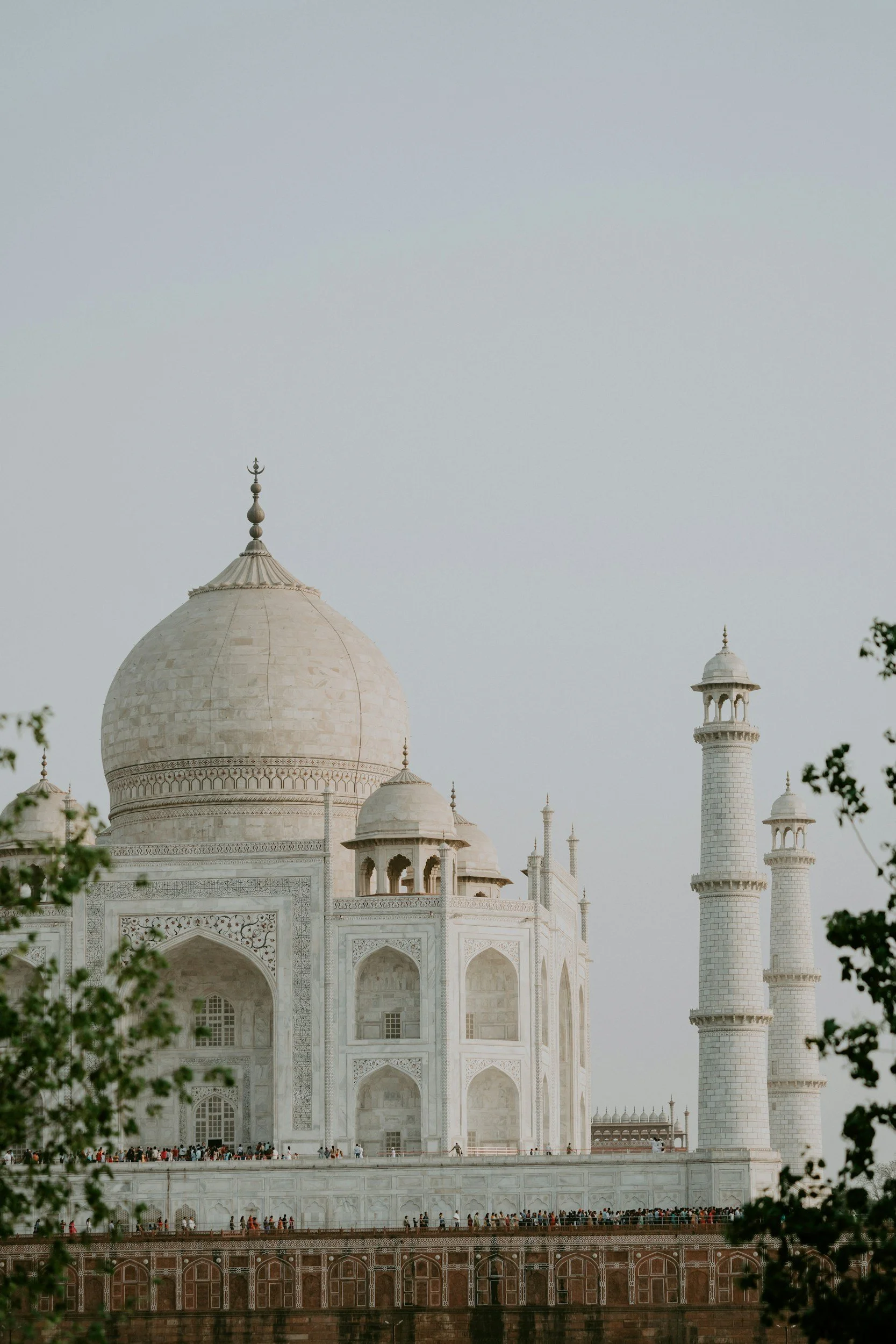By: Natalie Boyse
India is the world’s most populous country, a growing strategic partner of the United States in the Indo-Pacific, and a fast-growing economy with a diverse culture and young population. It is geopolitically engaged in regions such as Africa and Latin America and is a growing tech powerhouse overseeing a major digital transformation.
The imprint of Indian-Americans in the United States is enormous: ethnic Indians are now the largest Asian group in the United States after growing by over 50% between 2010 and 2020. Indian-Americans are also by some counts the wealthiest and most educated ethnic group in the United States, and are at the helm of 16 Fortune 500 companies. Additionally, both the Republican and Democratic presidential tickets this year have ties to India: Republican vice presidential nominee JD Vance’s wife is of Indian origin and the mother of Democratic presidential candidate Kamala Harris was born in India.
Yet many Americans don’t seem that interested in India. India has not featured prominently in the U.S. presidential campaign. For many Americans, India rarely comes up in casual conversation or in the mainstream media. Seldom do you encounter someone in the United States who has recently gone on vacation to India. Why is that?
Two main reasons come to mind. First, India is widely seen as a strategic U.S. partner, not a competitor like China, Russia, Iran, or North Korea that Americans need to closely keep tabs on. Like many U.S. allies, such as in Europe or Japan, India doesn’t seem to get the same degree of political attention unless there’s a crisis. Due to limited bandwidth and resources, these U.S. competitors will soak up more time and focus than India.
A second reason is that many Americans seem to have an outdated view of the country: that it’s poor, irrelevant from a geopolitical standpoint, and provincial. This might make them less inclined to want to see it for themselves and in turn, less likely to experience the changes occurring in modern India. According to a 2023 Pew survey, 64% of U.S. adults believe India’s influence in the world has stayed about the same in recent years. Only 23% would say India’s influence has gotten stronger. This is despite India’s widely praised G20 presidency in 2023 and expectations that it is to become the third-largest economy in the world by 2027.
The idea that so many Americans are unaware of India’s emerging role and its aspirations for global influence is perhaps not surprising given historic disinterest among the American population at large in foreign policy. In a recent Pew survey, 83% of Americans thought it was more important for President Joe Biden to focus on domestic policy compared to 14% who thought he should focus on foreign policy. But given the energy in India and enthusiasm for the role that it could play in the world, especially in the Global South, more Americans should be following what’s happening in the country and try to understand it.
This awareness gap about India could be rectified by a couple of things. First, the Indian government and private actors could make more of an effort to facilitate exchanges that would bring Americans to India, which would expose more Americans to the rapidly changing country. Secondly, there is a pressing need for more India studies within the United States. Given its growing importance on the world stage, it might be time for India to have its own concentration at schools of international relations and public policy. Such efforts could help Americans learn more about India – including its history, culture, political system, foreign policy, and economy – as its global role and importance to the United States is increasing dramatically.
Natalie Boyse is the Program Manager of Global Programs at ORF America.

